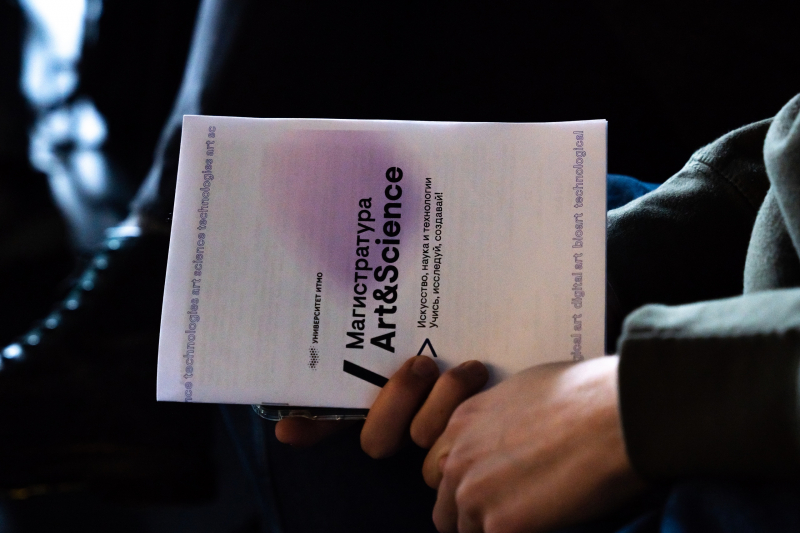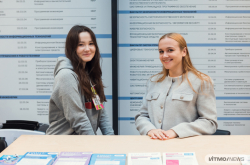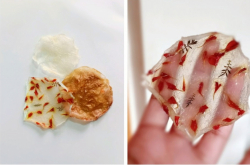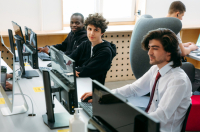New majors
The Art & Science Master’s program appeared at ITMO University two and a half years ago. Since then, the curriculum has already been transformed several times and continues to be regularly updated. The program involves more and more world-class artists and researchers, introduces innovative formats of student-curator interaction, and opens up new opportunities for its students to unleash their creative potential and bring their ideas and projects to life.
In 2021, applicants will be offered three new specializations: Digital Art, Technological Art, and Bioart.
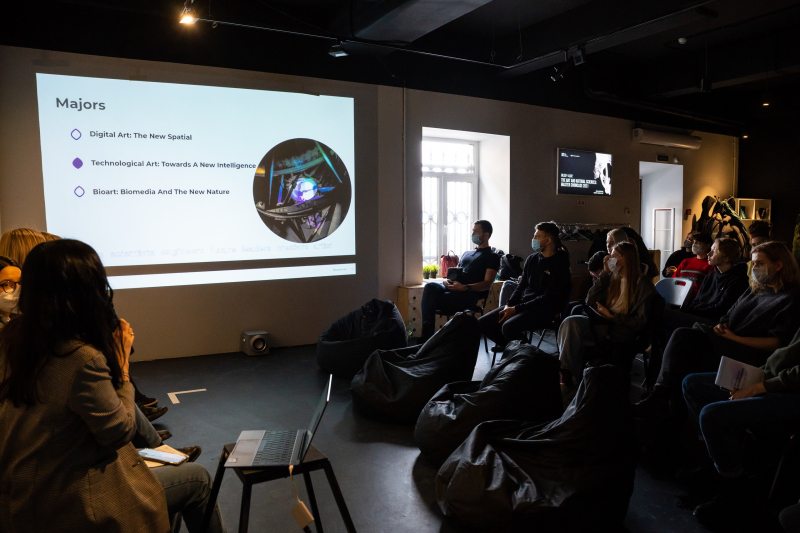
The program includes three types of classes, namely, theoretical courses on history, philosophy, and aesthetic concepts of contemporary and scientific and technological art, as well as practical classes on various mediums and methods of today’s media artists, and workshops by well-renowned artists, during which students can work on their projects, as well as group ones.
Already during their first semester, students can try their hand at programming, 3D modeling, engineering design, and work at bio- and robotic labs. Having tried a variety of technologies, students can choose a medium and specialization they are most interested in.
“We decided to present a new way of learning Art & Science by dividing it into three separate disciplines: Tech Art, Digital Art, and BioArt. In our opinion, these three fields cover today’s trends in scientific and tech art, and we strive to find common ground between them. We also want to blur the line between theory and practice in art. Therefore, our course is practice-oriented yet insightful, moreover, deeply immersed in the theory behind what we do,” explains Vadim Smakhtin, curator of the Digital Art: The New Spatial program.
Bioart: Biomedia And The New Nature

The Bioart program will be curated by Laura Rodriguez, a Mexican artist, specialist in microbiology, and a graduate of ITMO’s Art & Science program and a Master’s program at Skoltech. Her artwork was displayed at the Access Modes 2020, The Art and Natural Sciences: Master Showcase 2021, and Ars Electronica 2020.
During her workshops, she teaches students to work with living matter and use it to express their artistic, political, and philosophical ideas. At the same time, students have the chance to work on different levels – from DNA, cellular structures, and microorganisms to ecosystems, living environments, and sustainable development issues.
Technological Art: Towards a New Intelligence
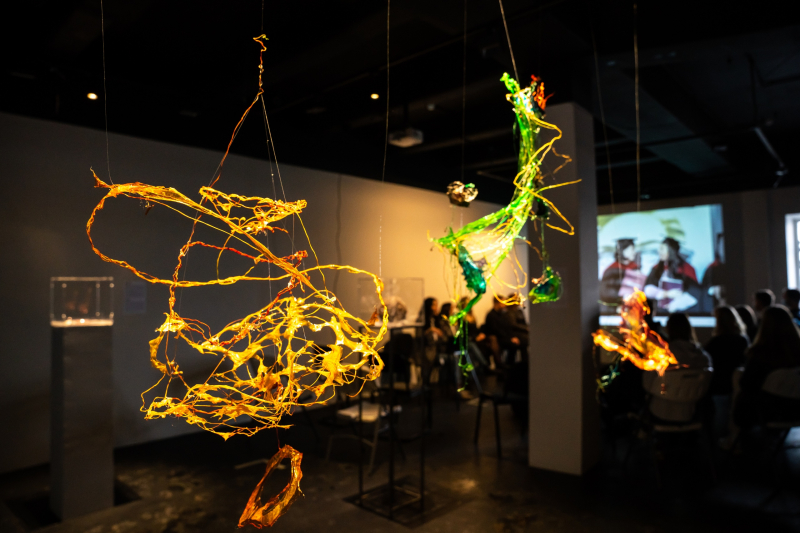
The Technological Art: Towards a New Intelligence specialization offers an interdisciplinary approach and focus on the philosophical issues of artificial, human, and non-human intelligence, as well as their blending and synergy. The program’s curator is Maria Kuptsova, a transdisciplinary artist and researcher, who uses biological computing in her works and is engaged in developing biomachine design techniques controlled by AI.
The scientists at the Synthetic Landscape Lab (the University of Innsbruck, Austria), where Maria Kuptsova works, are conducting experiments to generate algorithms and structures based on biological objects and landscapes, as well as the interaction of these structures with living matter, for example, microalgae. Their goal is to observe the possible coexistence of the living and the synthetic.
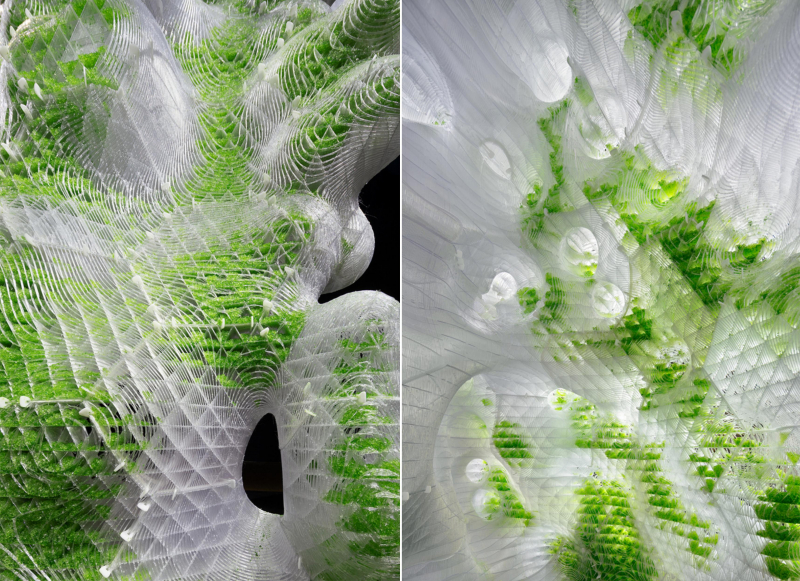
Maria also explores new forms of biosynthetic intelligence in her artistic practice as part of the –Digitocene.Net art initiative. Her projects have been presented at various international exhibitions, including the Centre Pompidou in Paris, TAB BioTallinn Biennale, the LLUMBCN festival in Barcelona, and many others. Maria Kuptsova has worked on several innovative art, research, and academic projects at the Institute for Advanced Architecture of Catalonia, co-curated the Master's program in digital art at the Far Eastern Federal University, and taught at the Shukhov Lab at the Higher School of Economics.
“Today, we are witnessing how the paradigms of our reality are changing. Advances in genetic engineering and synthetic biology, the rapid development of autonomous robotic systems, and artificial neural networks are all paving the way to innovation in algorithms, technologies, geology, and biology. Technological art is an interdisciplinary field that introduces intelligent technologies and thus opens up the possibilities of new materiality and naturalness, as well as new forms of intelligence, creativity, and aesthetics,” says Maria Kuptsova, curator of the Technological Art: Towards a New Intelligence specialization.
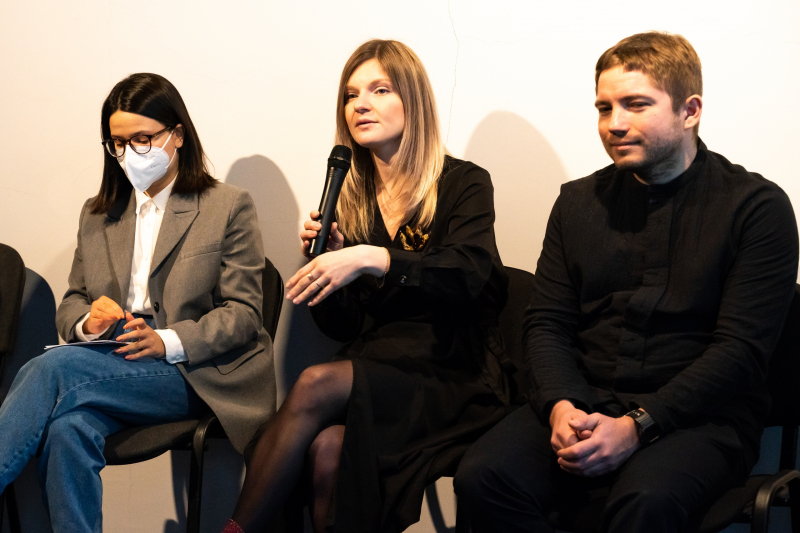
Students of the specialization will study methods of machine learning and advanced computing in art, materials programming, and bio-digital production technologies to explore new materiality and naturalness. They will get acquainted with biomechatronics and robotic automation and thus discover new forms of intelligence and interspecies communication, immersive interfaces for synthesizing sounds and creating a hybrid interactive experience, as well as gain theoretical knowledge in the field of contemporary art and technology.
Digital Art: The New Spatial
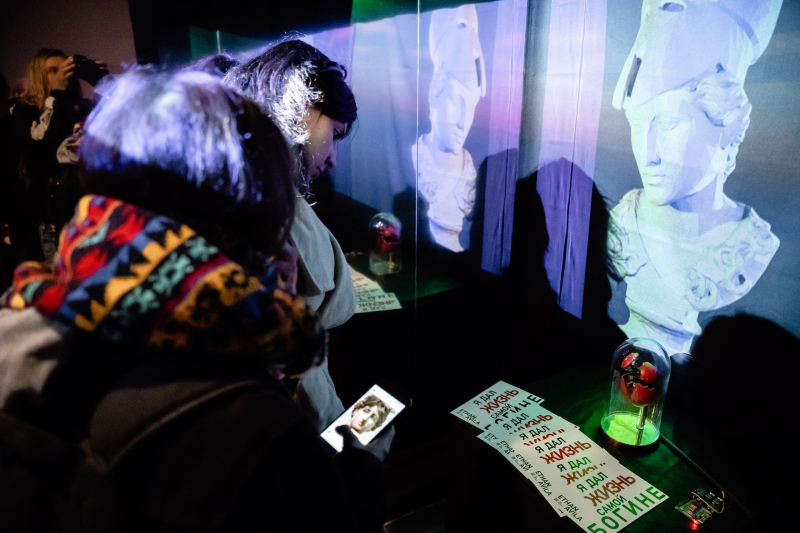
The third specialization called Digital Art: The New Spatial focuses on digital data and artistic methods of its visualization. In a broader sense, digital art deals with an unexplored and invisible layer of human life, which we do not understand yet. This is a new space of information that we generate, consume, store, and share.
Visualization techniques make it possible to reveal this invisible data store. Meanwhile, the methods of digitalization also become a new medium in the hands of artists. They can use it to talk about their experiences and transform their memories into digital objects, which viewers can study and even interact with.
Students will explore a wide range of fields, including 3D modeling technologies, virtual and augmented reality, data processing and visualization methods, virtual architecture, and 3D scanning.
World-class speakers and exhibitions
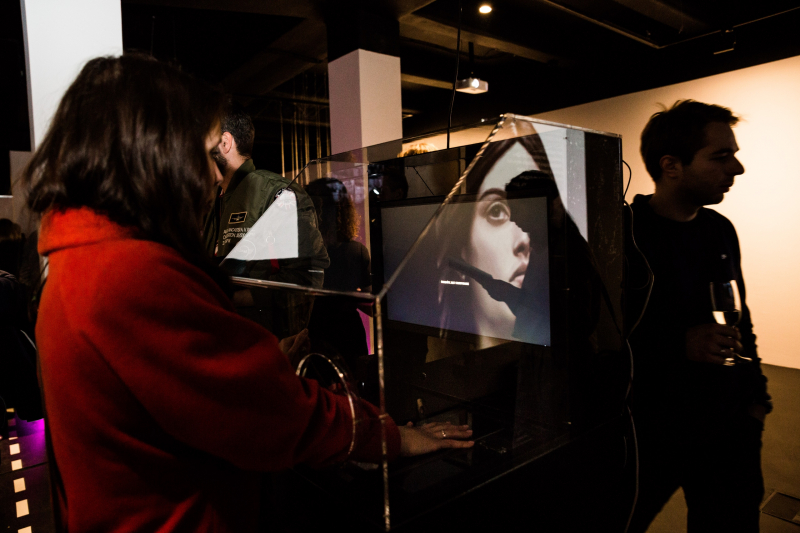
Over the years, the Art & Science program has attracted numerous practicing artists and the list of its collaborations continues to be replenished with new names of internationally known artists.
The training includes workshops by the leading bioartists, Lyndsey Walsh and Robertina Sebjanic, Maja Smrekar, known for her performances and installations, Russian media artists Dmitry Morozov aka ::vtol::, Helena Nikonole, Boris Shershenkov and Ildar Yakubov, involved in robotics, sound and kinetic art, and Natalia Fedorova, founder of the 101 media poetry festival.
Not only the program stands out by its variety of collaborations but it also encourages students to actively participate in exhibitions and international festivals starting from the first year of their studies. After all, the program aims to introduce students (even without any artistic background) to the world of contemporary art.
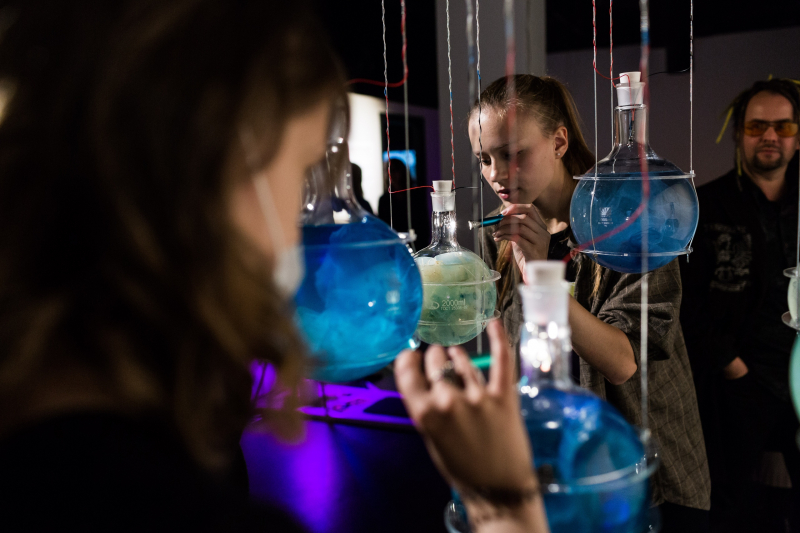
For instance, in 2020, Master’s students had the opportunity to exhibit their projects at Ars Electronica, one of the major tech art festivals. Also already in the first year of their studies, they can take part in the organization of projects, exhibitions, and educational initiatives. Thus, a group of second-year students created Grounding, a cultural and educational project, and first-years – the Let’s Art & Science club, open for anyone wishing to get acquainted with the current trends in scientific and technological art.
During her studies, Svetlana Sidorova, an Art & Science graduate and member of the BIOROBOTY 019 team, greatly appreciated the opportunity to meet like-minded people and the constant support from her curators who even after her graduation continue to help her on her journey.
“The study process at the Art & Science program had many differences from my Bachelor’s program in engineering. The Master’s program allowed me to radically change my career path – in a comfortable and smooth way. Here, I met wonderful people: with some of my classmates, we even founded the BIOROBOTY 019 team and continue to collaborate as artists. I am most thankful for meeting like-minded people. Even after my graduation, we keep in touch with them and receive support from the program. For instance, recently, they helped us create the application for a residence in France. Plus, we can attend courses and work at the AIR space for another five years. It’s amazing!” she says.
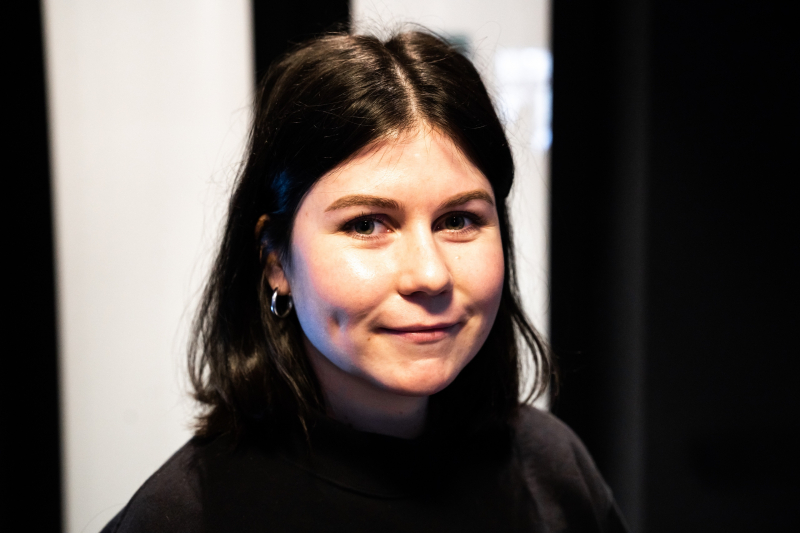
New admission opportunities
This year, the program increased the number of its tuition-free positions to 32; it also offers 15 tuition-based positions and one grant for international applicants, which fully covers the cost of two years of study.
There are several ways to apply for the Master’s program: the Art & Science or ITMO portfolio contests, the I Am a Professional competition (the Design track), or entrance exams.
The first option is best for prospective students with experience in creating art projects – from sketches to video art or of curating and organizing exhibitions; it does not take into account the average grade of the diploma. The ITMO portfolio contest is more suitable for applicants with a background in scientific research. To participate in the competition, you need to have at least one publication in a scientific journal and have a high exam score. For applicants who want to take part in this contest, the program’s curators will deliver a series of portfolio reviews to help them write a successful application and thereby increase their chances to get in.
The classic option is to take an exam in the theory and history of contemporary scientific and technological art. To prepare for this exam, you can attend a free intensive Pre-Master’s course, which will be launched in April. However, you can sign up and receive handy study materials right now by sending a request to art@itmo.ru.
The call for applications opened on February 20 and will run till June 15, 2021. The dates of portfolio reviews will be announced later, and entrance exams will be held from May to August both in online and offline formats.
